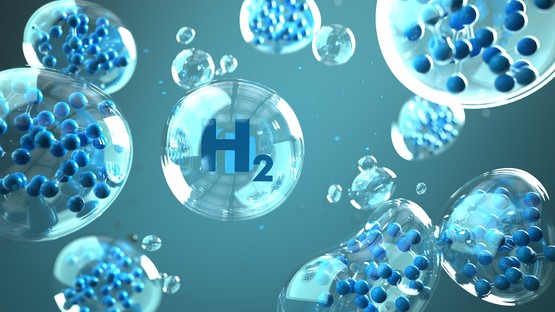The United States is set to issue guidance on how hydrogen producers can access substantial subsidies embedded in last year’s Inflation Reduction Act (IRA). U.S. energy advisor John Podesta informed Reuters on Wednesday that the guidelines would be disclosed sometime after the conclusion of the COP28 climate conference in Dubai, likely before the end of the year.
The U.S. Treasury Department’s impending guidance has been eagerly awaited by the industry, as discussions within the administration revolve around whether to limit incentives to hydrogen producers using new, rather than existing, clean energy sources. The objective is to prevent a potential increase in emissions.
Hydrogen, considered a clean-burning fuel crucial for decarbonizing industries like aluminum and cement, can be produced through water electrolysis and deemed green if generated using zero-emission sources such as solar, wind, nuclear, or hydro.
The Biden administration aims to stimulate the hydrogen industry with embedded subsidies of $3 per kilogram in the IRA. However, the unresolved question is whether the perks should be confined to producers employing new clean energy sources. Environmental groups and some hydrogen companies support this restriction to avoid unintended consequences, as outlined in a study led by researchers from Princeton University.
However, industry groups, including nuclear advocates, argue that overly strict subsidy programs could jeopardize the administration’s green hydrogen goals by rendering certain projects economically unviable. The disagreement extends to federal agencies, with U.S. Department of Energy Deputy Secretary David Turk acknowledging differing opinions on the subsidy’s design.
A source familiar with a preliminary draft of the guidance revealed the inclusion of an “additionality” provision excluding existing power sources, with potential exceptions for nuclear and hydro. The draft also proposes requiring hydrogen electrolyzers to operate concurrently with renewable energy to ensure fossil fuel electricity is not used in the production process.
In addition to the IRA subsidies, the Department of Energy has designated seven proposed regional “hydrogen hubs” to receive $7 billion for demonstrating and scaling up clean hydrogen. The inclusion of existing nuclear plants in three of these hubs raises uncertainties about their economic viability if excluded from the IRA subsidy.
Industry stakeholders hold diverse views on the stringency of subsidy rules. Marty Durbin, president of the U.S. Chamber of Commerce’s Global Energy Institute, suggests that faster production initiation with looser rules would have long-term benefits, even with a potential initial uptick in greenhouse gas emissions. On the contrary, Claire Behar, Chief Commercial Officer for HyStor Energy, advocates for stricter rules, emphasizing the importance of getting the decarbonization process right.

